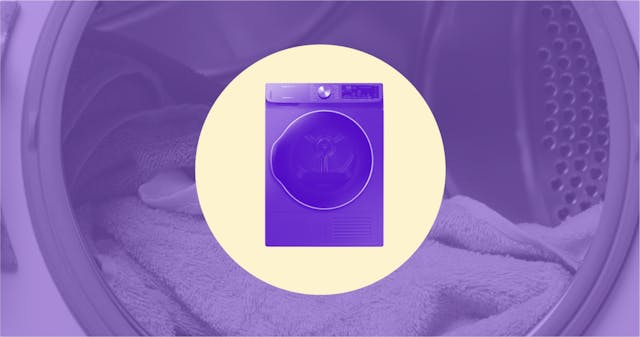
Clothes dryer electric
Want a clothes dryer that is more efficient and gentler on your clothes?
Read more about Clothes dryer electric
We like all types of electric clothes dryers, but we especially love heat pump clothes dryers. Heat pump clothes dryers use less energy, don’t require ventilation, and are gentler on clothes.
Why do it?
Electric dryers don’t burn fossil fuels or release carbon pollution, and heat pump clothes dryers are the most efficient type of electric dryer.
When?
When your current dryer is near end-of-life.
Who is this for?
Homeowners and renters.
Read more about heat pump clothes dryers
Upfront cost
$1,000+
Average lifespan
10-13 years
Average annual energy savings
$15–$45
Features
Can be placed anywhere in home; doesn’t require ventilation
Difficulty
Easy, but you might need an electrician if you’re switching from gas to electric
Energy savings
Uses 50 percent less energy compared to standard dryers
Heat pump clothes dryers are efficient and good for the climate.
Federal
Create a personalized plan to see more incentives
To view a personalized list of federal, state, utility, and local incentives, you need to create an electrification plan
Start an electrification planAlready have an account? Log in
Guide to heat pump clothes dryers
Find out why heat pump clothes dryers are more energy efficient and better for your home and the environment.
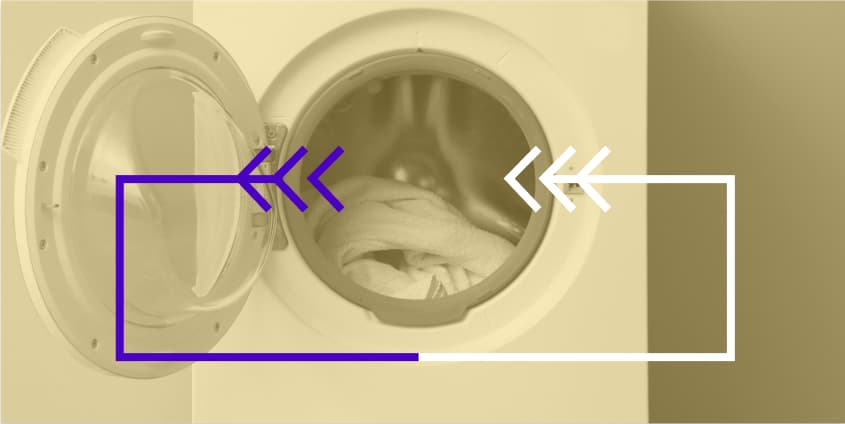
Is a combo washer/heat pump dryer right for you?
What is a heat pump clothes dryer?
How heat pump clothes dryers work
Heat pump vs. condenser dryer
Why upgrade to a heat pump dryer
How do heat pump clothes dryers drain water?
Many models come with a hose for draining the water into an existing drain, but some come with a water tank that will need to be emptied after use.
How do I pick the right size for my heat pump dryer?
A common recommendation is to size your dryer with about twice the capacity of your washing machine. Many heat pump dryers are compact (4 cubic feet), although there are some full-size heat pump dryers with a 7.4 cubic foot drum that are comparable to regular vented dryers.

Clothes dryer electric
Want a clothes dryer that is more efficient and gentler on your clothes?
Read more about Clothes dryer electric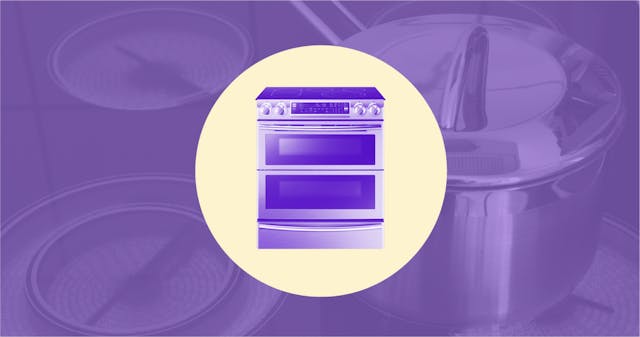
Cook electric
Want a stove that’s both better and healthier?
Read more about Cook electric
Drive electric
Want a car or truck that’s better, faster, and cleaner?
Read more about Drive electric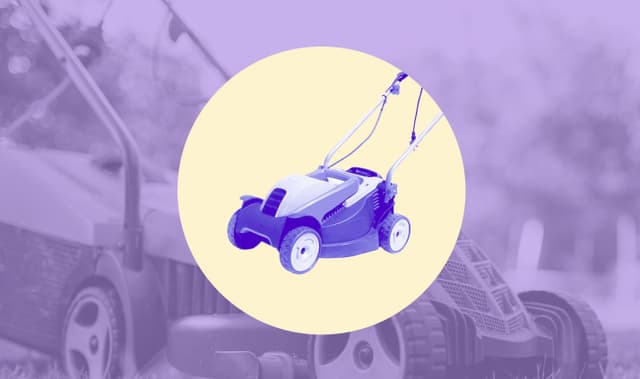
Electric lawn care
Electric mowers help tenters do healthier lawn care
Read more about Electric lawn care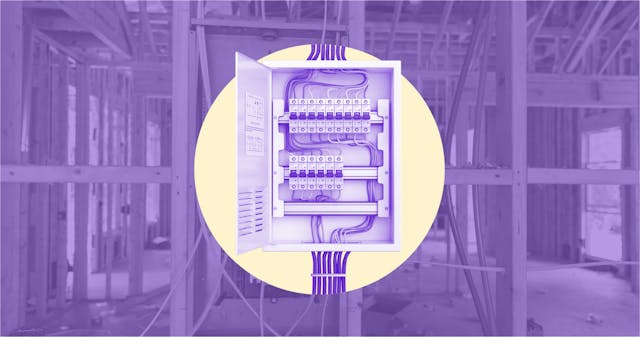
Electric panel
Want to wire your home for electrification?
Read more about Electric panel
Energy audits
Get ready to go electric with a whole-home energy audit
Read more about Energy audits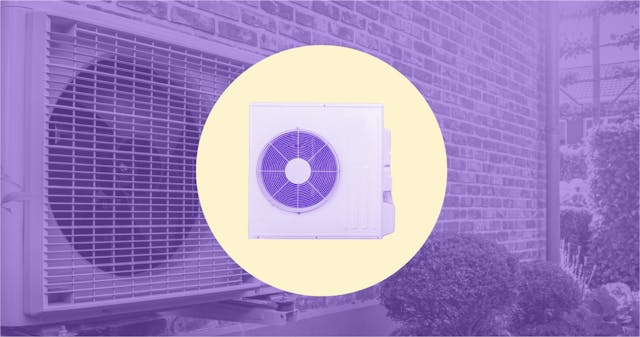
Heat and cool electric
Want an A/C and furnace that’s better and more efficient?
Read more about Heat and cool electric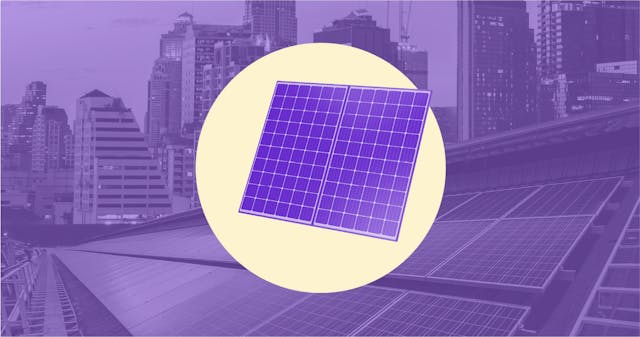
Solar electric
Want to power your home with limitless solar energy?
Read more about Solar electric
Water heat electric
Want a water heater that is 3x more efficient?
Read more about Water heat electricRewiring America is focused on making American households the center of a clean, resilient energy future. Learn more about our tax-exempt status.
Subscribe to receive Rewiring America's latest updates
Give feedback